When building a 5G/6G platform, the most important technical decisions often come down to what to build yourself and where to rely on third parties. Thanks to the emergence of open source for 5G, it is now possible to build an end-to-end 5G testbed on commodity. In some cases, it makes sense to go with a free solution, but in many cases, “free” comes with a significant caveat—the investment of time, a resource often more valuable than money.
The Necessity of Hands-On Experience in Understanding 5G/6G Systems
5G and 6G systems are very complex, integrating a wide array of technologies and frameworks as illustrated in Fig. 1. Therefore, understanding such a system (architecture, interfaces, configuration, and deployment) can be challenging when relying solely on textbooks, lecture notes, or multimedia contents. Hands-on experience with an end-to-end network both in emulated and live over-the-air environments is crucial for effectively analyzing system performance, designing new algorithms, and optimizing functionality.
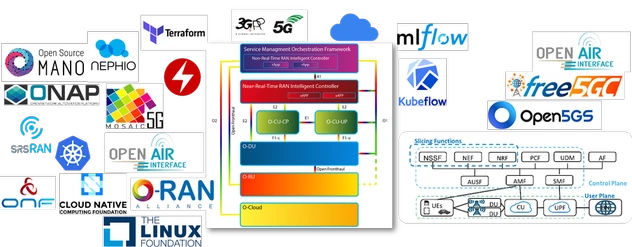
Fig. 1: Complexity and Diversity in 5G/6G Ecosystem
Hidden costs of open-source-based testbeds
Various user categories, from professors and students to researchers and developers, encounter technical and non-technical challenges when attempting to build, operate, and maintain a 5G testbed. The prevalent practice involves installing and setting up open-source-based testbeds for specific needs, experimenting with ideas, and extracting results. While such testbeds might provide these insights, in many cases, they lack the flexibility to be both extendable (for adding new functionality or technology) and scalable (for incorporating more networks and nodes). Therefore, challenges in operations and maintenance center around issues of tested updates/upgrades, stability/reliability, reproducibility, and performance, as illustrated in Fig.2. These challenges lead to costs that are often much higher than the initial installation and setup cost. This trend has been shown by similar studies, for example the one from Fairwinds “Why You Can’t (Always) Afford Free.
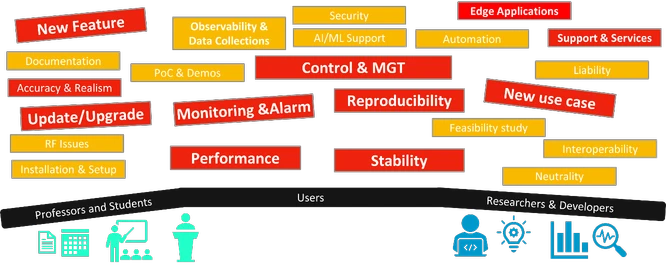
Fig. 2: Multi-facet challenges faced by different users to build, operate, and maintain a 5G testbed facility in an organization
What is BubbleRAN Multi-X Open RAN Studio (MX-ORS)?
BubbleRAN MX-ORS is a production-ready multi-x 5G/6G platform designed for building, operating, observing, and maintaining a flexible end-to-end 5G/6G cloud infrastructure at scale. Its salient characteristics are outlined below.
-
Cutting-edge Features: Network slicing, full Open RAN (O-RAN) stack, AI/ML-enabled xApps/rApps, and edge applications, all scalable to meet a wide range of use cases.
-
Multi-X approach: Multi-X is a natural extension of Open RAN. It refers not only to the horizontal mix-and-match of different RAN vendors, but also to various dimensions such as operating systems, hardware components, and cloud infrastructure, as illustrated in Figure 3. This versatility enables the simultaneous deployment of multiple concurrent networks on the same Telco Cloud Infrastructure.
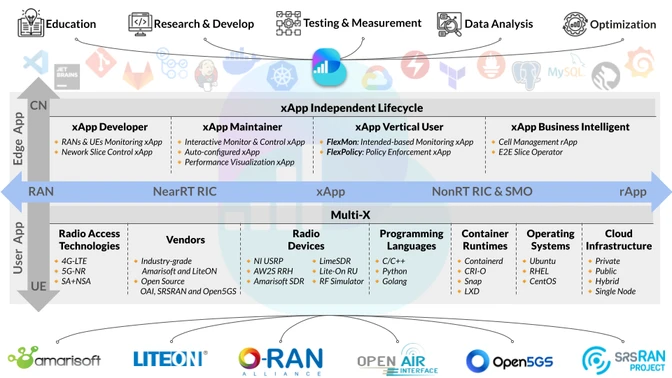
Fig. 3: Open RAN Studio Ecosystem and Dimensions
- Open Development Model: MX-ORS follows the open development model (Fig.4), embracing open source code, open and standardized APIs, as well as a 5G/6G DevSecOps toolbox (includes Software development kit and container development kit). The standardized APIs guarantee multi-vendor interoperability, while the DevSecOps toolbox empowers users to seamlessly integrate new components, design network blueprints, deploy and operate networks, conduct live performance testing, and thoroughly analyze networks in various aspects. This enables the platform to be both flexible and scalable, ready to meet the evolving demands of the dynamic 5G/6G landscape.
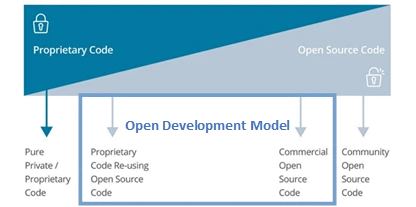
Fig. 4: On the left side of the picture, relying solely on proprietary code limits innovation, as it restricts the ability to develop new and customized features. On the right side, using only open-source code can lead to the operational and maintenance challenges illustrated in Fig. 2. The Open Development Model (ODM) combines the strengths of both approaches, fostering the creation of more innovative, interoperable technologies that are accessible to all.
- Reliability and Affordability: BubbleRAN consistently delivers stable and optimized software packages and artifacts for the supported open-source and commercial 5G/6G stacks. This ensures not only reliability and performance, but also fixed and affordable costs—both direct and indirect—for building, operating, and maintaining the platform.
Why choose BubbleRAN Open RAN Studio?
MX-ORS is designed to support four distinct usage scenarios, each tailored to meet specific needs:
-
Education:
- Facilitates lab-based learning (LBL) with realistic network setups and highly accurate and realistic simulations/emulations.
- Comprehensive lecture notes and lab courses are available (see Open Documentation).
-
R&D and Data Analysis:
- Accelerates innovation by enabling the exploration and realization of new ideas through rapid prototyping.
- Facilitates cutting-edge research in 5G/6G and O-RAN by enabling researchers to: i) easily develop custom xApps using the provided Software Development Kit (SDK); ii) experiment with innovative concepts, including AI/ML-enabled xApps/rApps; and iii) seamlessly on-board their custom Network Functions with the provided Container Development Kit (CDK).
- Enables lift-and-shift collaborations between research teams by providing a consistent platform environment.
- Ensures reproducible, verifiable, and consistent outcomes for teaching and research.
- Enables real-time user, network, infrastructure, and energy data collection and consolidation into a multi-source data lake ready to be processed either online or offline.
-
Test, measurements, and PoC:
- Provides a methodology to design and deploy a network, integrate edge applications, visualize data in real-time, and their integration into a reproducible proof-of-concept demonstration.
- Provides a toolbox to facilitate end-to-end testing and measurement.
-
Optimization and Deployment:
- Streamlines the deployment of blueprints in an operational environment at scale, incorporating fault tolerance and high availability.
- Offers actionable insights to optimize and automate network operations from Day 0 to Day n.
While User Equipment and radio channels in MX-ORS are emulated, making it ideal for R&D, testing, measurements, and PoC in a laboratory environment (TRL-5), the BubbleRAN product family also includes MX-PDK (TRL-7) which offer real over-the-air networks for realistic PoC demonstrations and industrial grade deployments respectively. These products are supersets of ORS, sharing the same consistent and inclusive environment and user interface. This is crucial for a seamless transition from teaching to R&D and PoC, and ultimately from PoC to deployment, with guaranteed reproducibility, as illustrated in Fig.5. For example, an algorithm tested by Team A during simulation can be validated and demonstrated by Team B during a PoC, fostering cross-organization and cross-user collaboration.
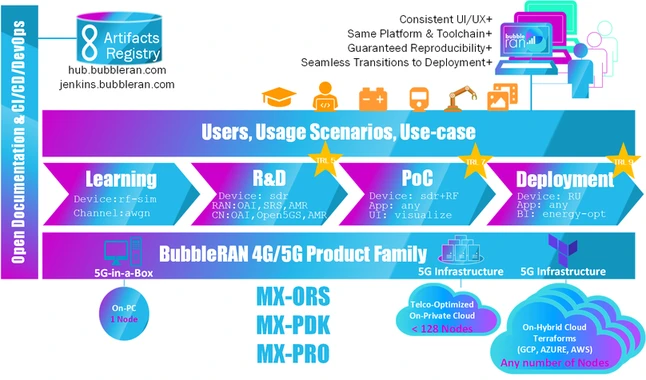
Fig. 5: BubbleRAN Product Family: From 5G for education to Lab and Private 5G
Conclusion
In a nutshell, MX-ORS enables you to:
- Minimize the cost of building, operating, and maintaining a testbed:
- Turnkey solution
- Easily extendable to meet evolving needs
- Stable and optimized software packages and artifacts for reliable performance
- Minimize the time and effort required to go from idea to PoC:
- Shallow learning curve (see Fig. 6)
- Facilitates xApp development through a simple to use SDK
- Supports xApp development in multiple programming languages (Python, Go, C++, C)
- Consistent environment and user interface across MX-PDK
- Conduct advanced 5G/6G research, using its state-of the art features:
- Network slicing
- Full Open RAN (O-RAN) stack
- AI/ML-enabled xApps/rApps
- Edge applications
Are you interested to know more about our product?
- Yes > contact us using the quick contact form
- Yes > visit product page and download product specification
- Yes > you want to know more in a form of tutorial, discover our video episodes followed with live demonstrations (links MX-ORS series)
